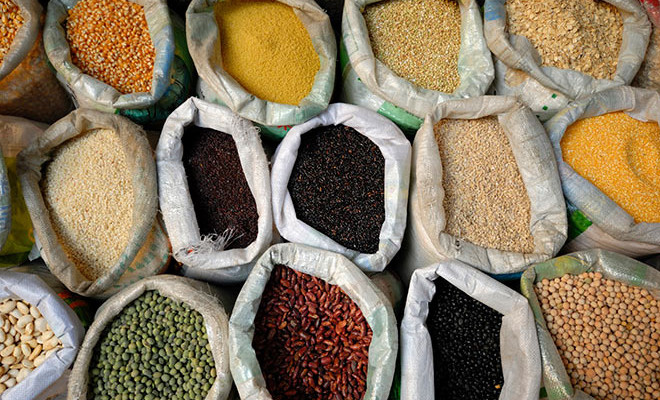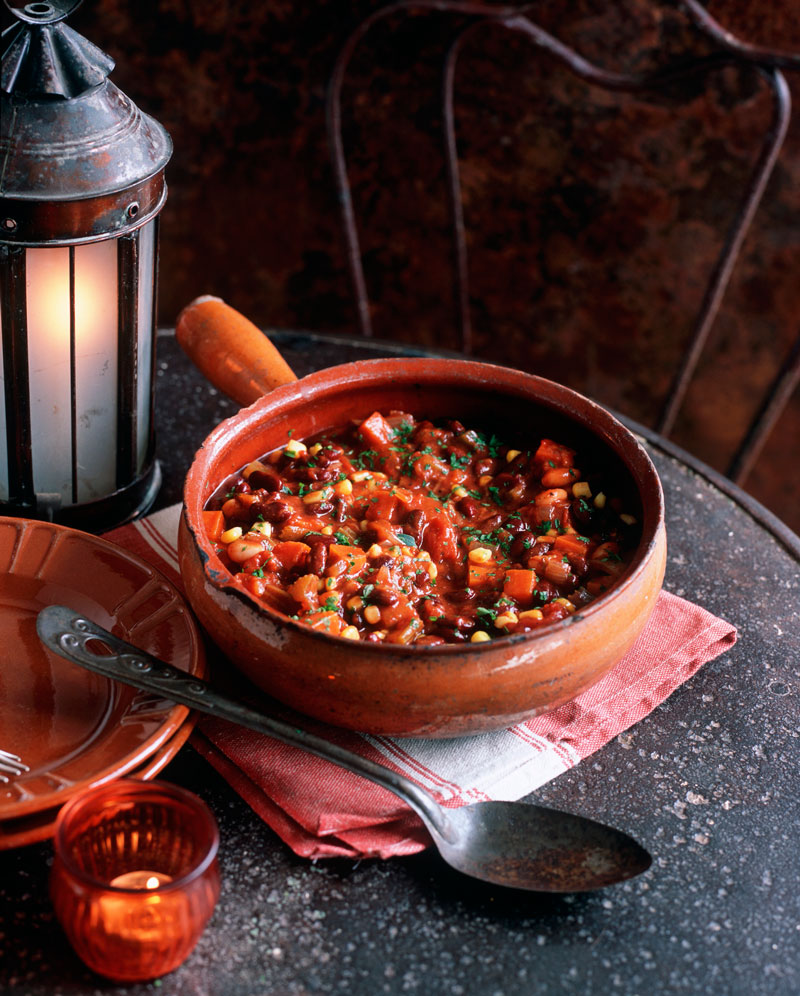Ancient grains: The best thing since sliced bread?
Amaranth, barley, buckwheat, farro, kamut, millet, quinoa, spelt, teff. Sounds like a foreign language, but it’s actually a list of healthy foods that are often referred to as ancient grains. You’ve likely seen them on the grocery store shelf and found yourself wondering, “what the heck are these used for, anyway?” Well, as the name implies, these grains have been around for thousands of years (think King Tut days) as a staple of global diets. Today, more attention is being paid to them as health-minded people search out nutrition-rich alternatives to fast foods and convenience eating.
According to registered dietitian Noaa Bujanover, ancient grains easily provide more beneficial nutrition than grains commonly consumed in the modern diet. This is “mainly because these are whole grains, which means they are higher in fiber, protein, and other vitamins and minerals,” notes Bujanover. “They can be an important staple for vegetarians to help meet their protein needs as well as for people who need to avoid gluten, since many of these ancient grains are gluten free.”
Related: This is Your Salad on Steroids
Here’s a rundown of a few of the more obscure ancient grains, as well as ways you can start making your modern diet a little more, well, ancient.
Amaranth
A pseudo-grain (it’s really a seed) originally used by the Aztecs, amaranth beats out staples like corn, oats, and wheat in nutritional value, with higher iron, magnesium, and vitamin B6 content. It contains five times the amount of calcium in regular wheat and is the only grain documented to contain vitamin C. Amaranth is considered a complete protein, and just one serving provides 14 grams of protein (more than two large eggs!) and is also gluten-free. With a gelatinous texture, slightly crunchy interior, and nutty flavor, it’s perfect for breakfast porridge, chili, and stews, or popped like corn.
Kamut
Supposedly brought back to America as a souvenir from an Egyptian tomb, kamut’s name is actually an ancient Egyptian word for wheat. But no matter its true origins, one thing isn’t bunk: kamut’s nutritional value. In fact, kamut contains much more protein and vitamin E than common wheat, and a study conducted by the Agency of Nutrition at Careggi University Hospital in Florence, Italy, showed that eating kamut had a significant impact on reducing total cholesterol, including bad cholesterol, more so than modern day wheat. Because of its wheat-like taste and gluten content, it can be used in bread, pasta, and baked good form.
Teff
Teff is a lesser-known ancient grain that has long been used by indigenous groups of Northeast Africa as a dietary staple. In fact, modern-day Ethiopians still rely on teff as a main source of nutrition and primary ingredient in their popular injera flatbread. Gluten-free teff contains 100% of your recommended daily manganese intake, which is essential in forming connective tissue and bones, and is high in resistant starch, a dietary fiber that can help with weight control. Teff has a strong, nutty flavor and texture like cream of wheat, and is delicious in soups, in place of corn in polenta, or as flour in pancakes.
Want to get creative in the kitchen? Most of these ancient grains can be found in bulk at health food stores, so next time you’re making a grocery list, trade ‘em for your usual cereal, porridge, or rice, or mix them into salads to add some refreshing crunch and texture. Those that can be ground into flour, like teff, make for excellent substitutes in baked goods, breads, pancakes, pasta, and pizza dough, or added to chili, soup, and stew to improve nutritional content and taste. The wonderful thing is, you can’t go wrong — ancient grains incorporated into a modern diet offer both endless variety and tremendous health benefits.
PREPARATION
Add amaranth to 1½ cups water and bring to boil. Cover, reduce heat, and simmer until water is absorbed, about 25 minutes.
In a large pot, heat oil over medium-high heat. Add sweet potato and onion, stirring often, until onion softens (about 4 minutes). Add garlic, paprika, cumin, jalapeño, and salt. Cook, stirring constantly, for 30 seconds. Add remaining water. When it starts simmering, cover and reduce heat slightly. Cook until sweet potato is tender, about 10 minutes. Add beans, tomatoes, lime juice, and amaranth; increase heat until bubbling, stirring often. Then reduce heat and let simmer again, about 5 minutes. Remove from heat and enjoy!
AMARANTH CHILI
SERVES 8
INGREDIENTS
4 cups water
1½ tablespoons extra-virgin olive oil
2 medium sweet potatoes, peeled and diced
1/4 large onion, diced
2 cloves garlic, minced
¼ teaspoon hot paprika powder
4 teaspoons ground cumin
1 tablespoon jalapeño, minced
½ teaspoon salt
1 15-ounce can black beans, rinsed
1 14-ounce can diced tomatoes
Juice of 1½ limes
Still hungry? Check out these delicious dinner options…
Healthy Menu Navigator: Dinner in SWFL


